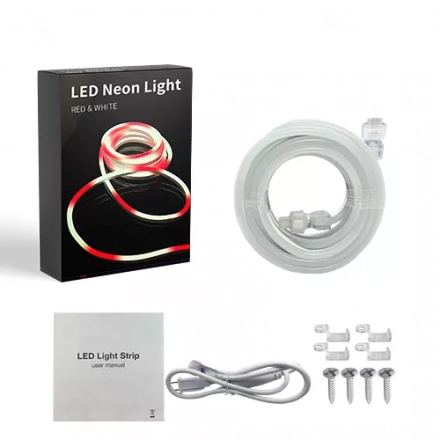Introduction to the Main Features of Addressable RGB LEDs
Addressable RGB LEDs have become increasingly popular in various industries, from gaming peripherals to interior lighting. These innovative lighting components offer unique features that allow for customizable and dynamic lighting effects. In this article, we will objectively explore the main characteristics of addressable RGB LEDs and their significance in modern lighting applications.
Addressable RGB LEDs, also known as individually programmable LEDs, consist of small, integrated light-emitting diodes that can emit a wide range of colors. Unlike traditional RGB LEDs, where all the LEDs in a cluster are controlled simultaneously, addressable RGB LEDs allow individual control of each LED within the same cluster. This level of control enables the creation of captivating lighting patterns, animations, and color gradients.
One of the primary features of addressable RGB LEDs is their ability to be controlled using various protocols such as WS2812B, APA102, and SK6812. These protocols allow for seamless integration with microcontrollers and other digital devices. By utilizing these protocols, developers and enthusiasts can program intricate lighting effects that synchronize with other components or respond to external inputs, providing immersive experiences in gaming setups, home automation systems, and even art installations.
Another noteworthy characteristic of addressable RGB LEDs is their high brightness and color accuracy. With advancements in LED technology, addressable RGB LEDs can deliver vibrant and vivid colors with excellent color rendering. This quality makes them ideal for applications where accurate color representation is crucial, such as stage lighting or product showcases.
Furthermore, addressable RGB LEDs offer scalability and flexibility. They can be easily daisy-chained together, allowing for the creation of large-scale lighting installations with minimal wiring complexity. Each LED in the chain can be individually addressed, giving designers complete freedom to create unique lighting effects across various surfaces and form factors.
Addressable RGB LEDs are often accompanied by software or libraries that provide intuitive interfaces for programming and controlling the LEDs. These tools enable users to create customized lighting effects without the need for extensive programming knowledge. From static color displays to dynamic animations and even music-reactive lighting, the possibilities are limited only by one's imagination.
In summary, addressable RGB LEDs provide a range of features that make them a popular choice for lighting enthusiasts, professionals, and hobbyists alike. Their individual control, compatibility with various protocols, high brightness, and color accuracy, scalability, and user-friendly programming interfaces contribute to their versatility in creating captivating lighting displays. As technology continues to advance, addressable RGB LEDs will likely play an even more significant role in enhancing visual experiences across multiple industries.






